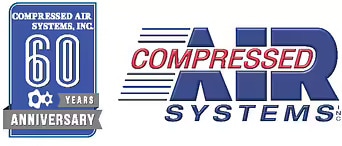The Apollo Ambient Air Pump must be placed outside of the blast environment in an area free of airborne contaminants. These potential contaminants include, but are not limited to, the following — fumes from paints and solvents, exhausts from vehicles and compressors, smoke from burn barrels, and dust from abrasive blasting or other construction activities.
The ambient air pump moves air from a clean location to the inside of the low-pressure respirator. To increase its effective range, the ambient air pump can be connected to an optional remote inlet kit
— which allows the air inlet to be located up to 300 feet from the pump.
An optional elevated air inlet raises the inlet three feet above the pump. Before blasting begins, and before putting on the respirator, the operator connects the respirator hose to the ambient
pump and to the fixed-orifice air inlet at the respirator. The operator turns on the pump, adjusts the pressure, and checks for leaks, then puts on the respirator in a clean environment.
After blasting, the operator keeps the respirator on and connected until he or she reaches an area free of airborne dust and contamination.
The air connection uses a special quick-connect fitting that allows air to flow, even when not connected to the respirator. This keeps hazardous dust or other contaminants from entering the hose at the connection point.
Advantages
• Eliminates expense of breathing air compressor
• Eliminates danger of carbon monoxide poisoning caused when high temperatures break down a compressor’s lubricants
• Requires no temperature alarms or additional air line filters
• Works with Clemco’s CO Monitor Alarm (when specifications call for air monitoring)
• Hand portable
• Easy to operate and maintain
• Can be used as air source for other respirators that operate at 9 cfm at 10 psi





